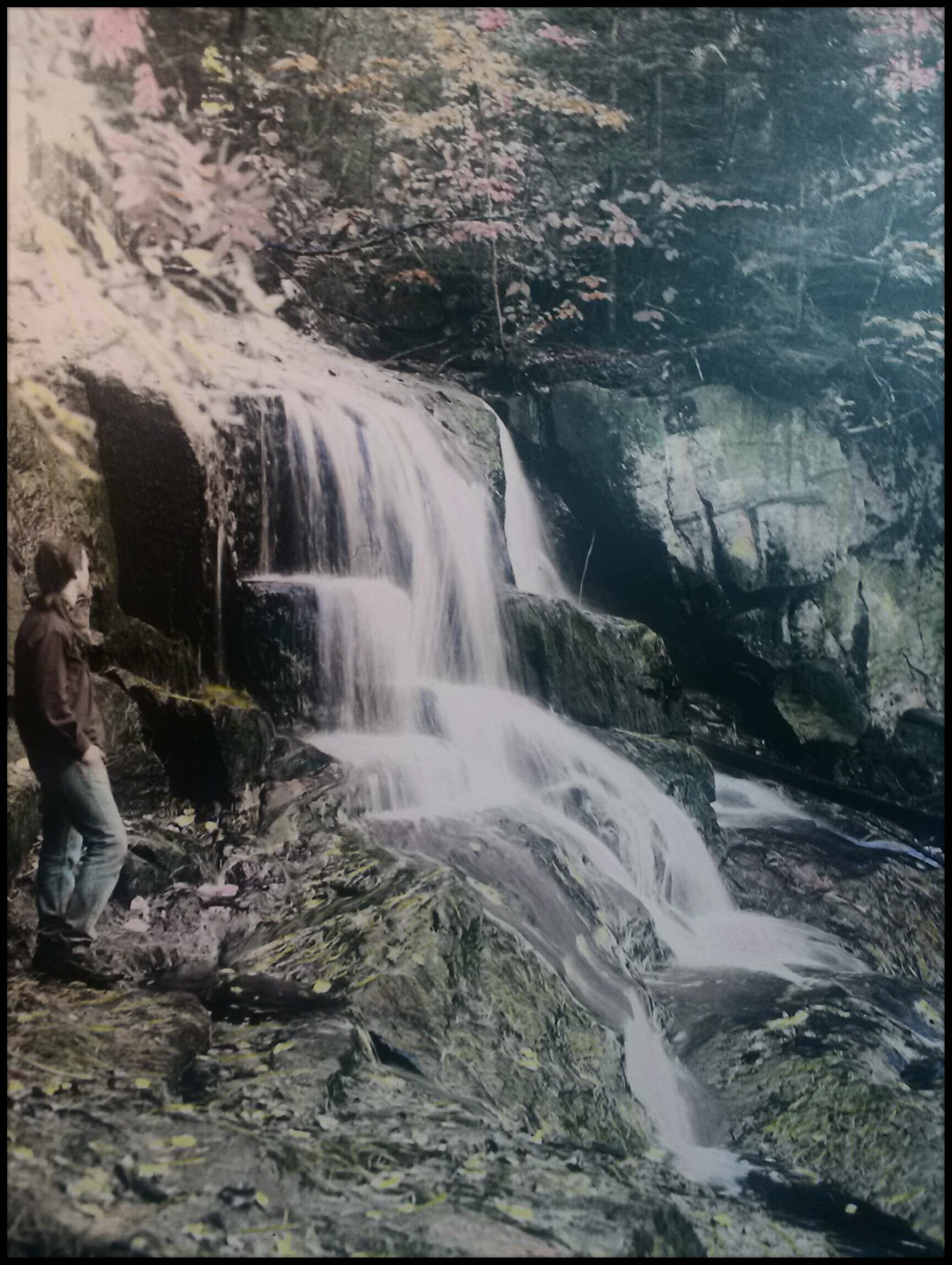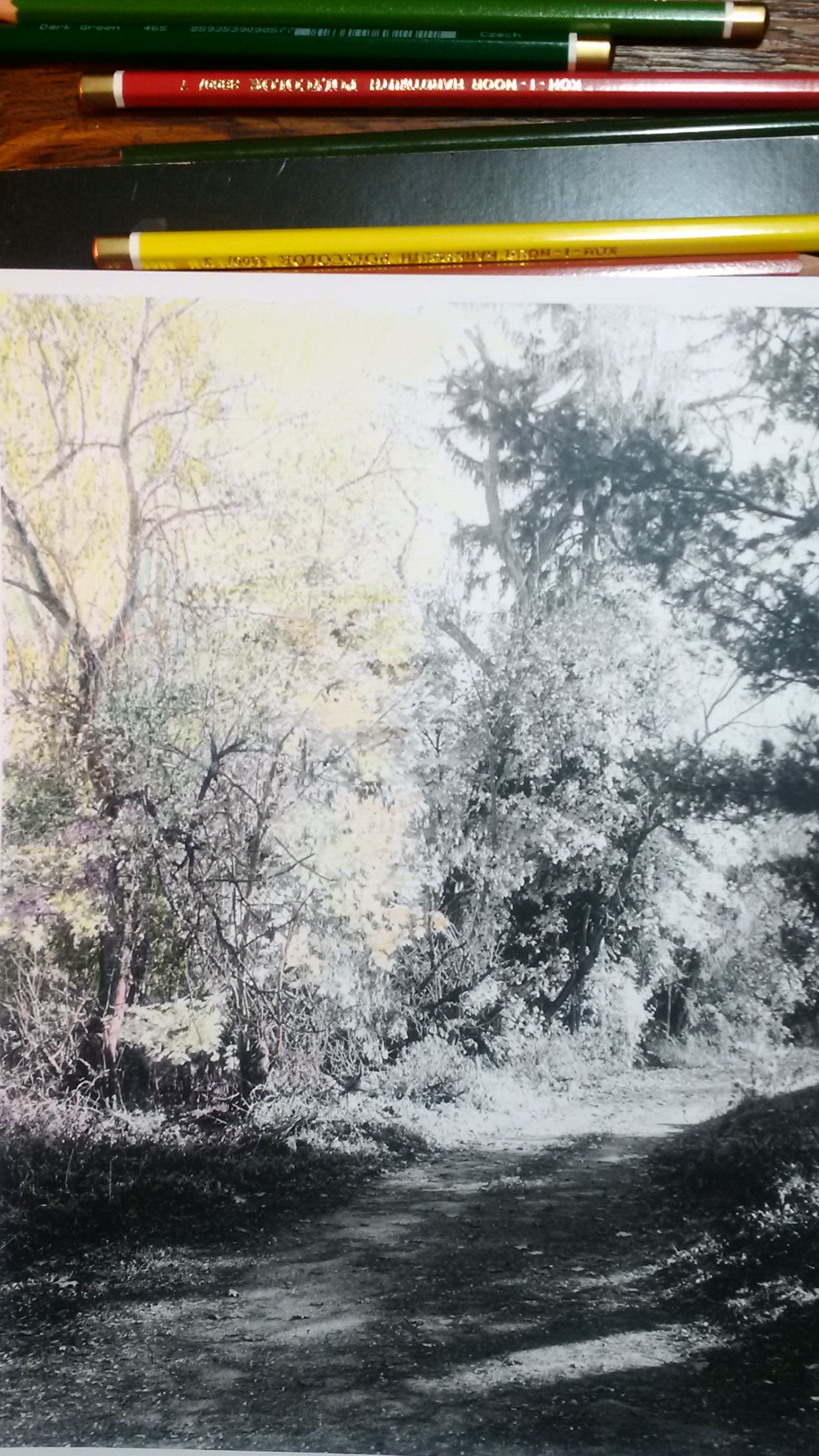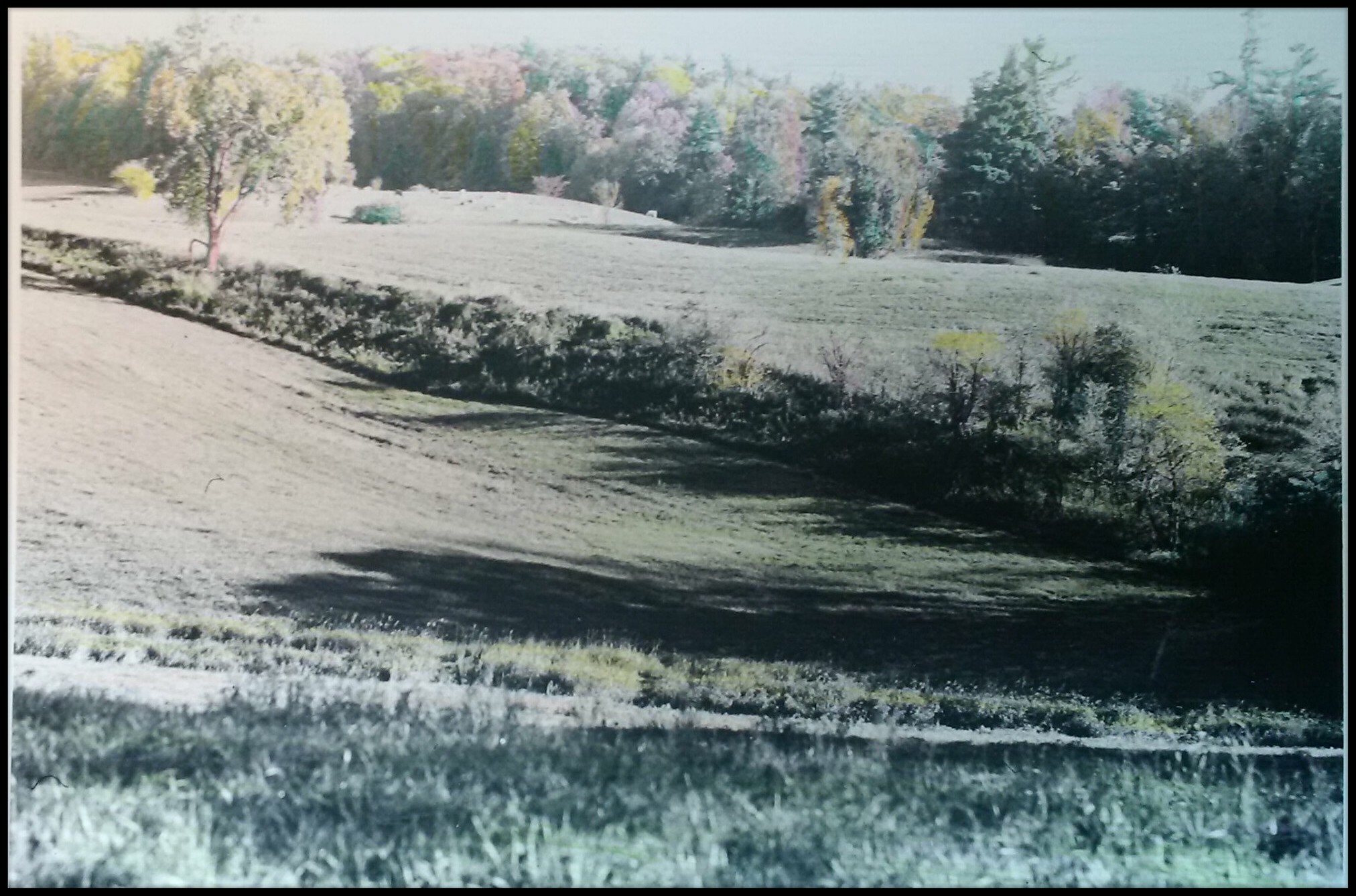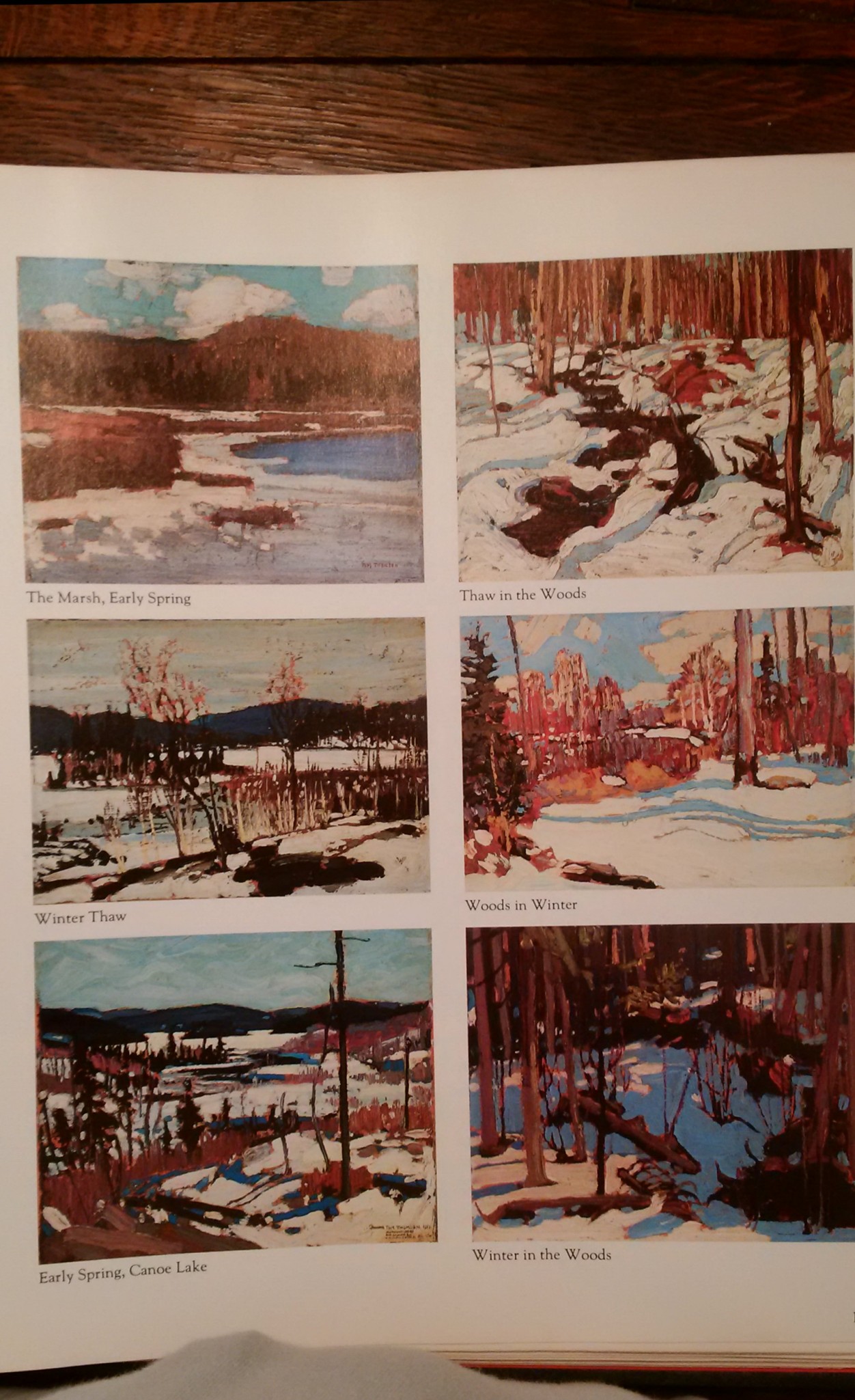It can be succinctly stated that Tom Thomson, in his five or so years of seasonal residency in the Park, visited most of Algonquin’s approximate 3,000 square-miles via canoe or on foot. He paddled the lakes, rivers, creeks, wetlands in all their variety, and hiked the portages and look-out trails.
He did not arrive there as a greenhorn, but with extensive on-the-water experience from his youthful years growing up on the shore of a Great Lake. ‘Messin’ with boats’ is something he learned early in life (particularly small sailboats). By the time he first visited Algonquin in 1912, he’d already developed a tough-minded artistic sensibility that would see him through inevitable rough times.
Tom did venture beyond the Park’s boundaries. For instance, we know he regularly canoed to the village of South River – a challenging trip through the full spectrum of Algonquin land and water – to obtain artist’s supplies.
In 1912, with typical youthful bravado, he and William Broadhead embarked on a major canoe expedition down the Mississagi River in Northern Ontario.
However, Tom Thomson cleaved close to Algonquin Park thereafter (not withstanding a little mid-life restlessness). And I believe the Park would’ve stood him in good stead through the rest of a long life – if such had been his lot. For, truth be told, few places on Earth can match Algonquin as a canoeist’s destination and as a place allowing contact with natural wilderness and its wild inhabitants.
In addition to much of Algonquin, I have canoed Lake Superior’s North Shore, Pukaskwa, the White River, Temagami, the Cheepay and Albany rivers to James Bay, numerous smaller southern Ontario rivers in high-water conditions from headwaters to mouths (ie. Rouge, Humber, Credit…) and after a hiatus of about fifteen years during which I sailed the big waters of Lake Ontario, I returned to continue to explore Algonquin Park, now with my son Brant, and have found it to be largely unimpaired and unequalled.
True, other visitors will be encountered especially during peak seasons, but for me the Park’s human history and touch, add to its richness. There’s a lotta love gone by there. Let’s ‘feel that love.’
Those who seek remote isolation in ‘true’ wilderness often bank on the possibility of quick rescue if anything goes wrong, or are clients of some guided expedition. Too often, the extreme wilderness quest assumes the qualities of a recreational stunt. In all these cases, what is really experienced is faux wilderness.
The Park however is not scot-free of problems; some are long-standing issues that I believe Tom Thomson would’ve increasingly engaged with if he had lived longer.
Touching briefly on several:
*The impact of on-going logging in the Park and its legacy of logging roads.
*Increased visitation during certain times along with heightened expectations of ‘comfort.’ For instance, on recent October Thanksgiving weekends, cars were lined-up for almost thirty kilometres from the West Gate waiting to get in.
*Pressure to open more of the Park to hunting.
*Maintaining sources of funding and manpower to continue the huge task of managing Algonquin.
*Bringing new generations and cultures into the Algonquin Park ‘fold.’
* Respecting and increasingly re-incorporating indigenous Algonquin culture into the Park’s fabric.
Throughout all these issues, the land, water, and natural life of Algonquin should provide objective criteria against which human desires are accommodated or discouraged. A consensus has long emerged that aims to grant primacy to non-human life in the Park. Often times this means people have to be excluded, their activities constrained.
For instance, I don’t believe ‘sport hunting’ should have any place in Algonquin Park (currently it does, in certain times and places). The possible presence of even one hunter in a huge area of land seriously degrades the potential experiences of the majority of other visitors (not to mention placing additional burdens on already stressed-out wildlife populations) .
With hunting comes a kind of mechanized invasion of the backcountry – ATVs, chainsaws, motorboats, snowmobiles, roadways (how else does one extract a thousand-pound moose carcass?) – a state of affairs commonplace everywhere in Ontario save for a few ‘protected areas.’
I believe that a non-consumptive, non-predator-prey, relationship with wild nature is as authentic as any, and am prepared to argue the case on any grounds.
Hunting aside, perhaps the best solution to most of these issues resides in expansion of the Park’s area – whether through creation of additional ‘satellite’ parks, increased buffer zones, or boundary extensions.
After more than three decades of working in parks and dealing with the public (no, not in Algonquin), I can say that the success of these special, more-or-less protected, areas depends upon enforcement of pertinent regulations. You can have all the high-falutin’ ideas in the world, but once word of lax enforcement gets ’round, a free-for-all soon ensues and it’s then difficult to win back control.
Of course, ideally, enforcement should be invisible and client-based. But we often do need to heed the ‘experts,’ and allow those closely attuned to the land to speak-up and point the way.
Tom Thomson, of course, was one who knew the spirit of Algonquin Park intimately, almost since its inception. He did not create that spirit, but helped reveal it – making it OK for people to publicly celebrate what they had already privately delighted in.
Today, anyone contemplating stewardship of Algonquin Park would do well to study Tom Thomson’s life and work (as well as indigenous Algonquin knowledge). His vision was that of a true, archetypical environmentalist.



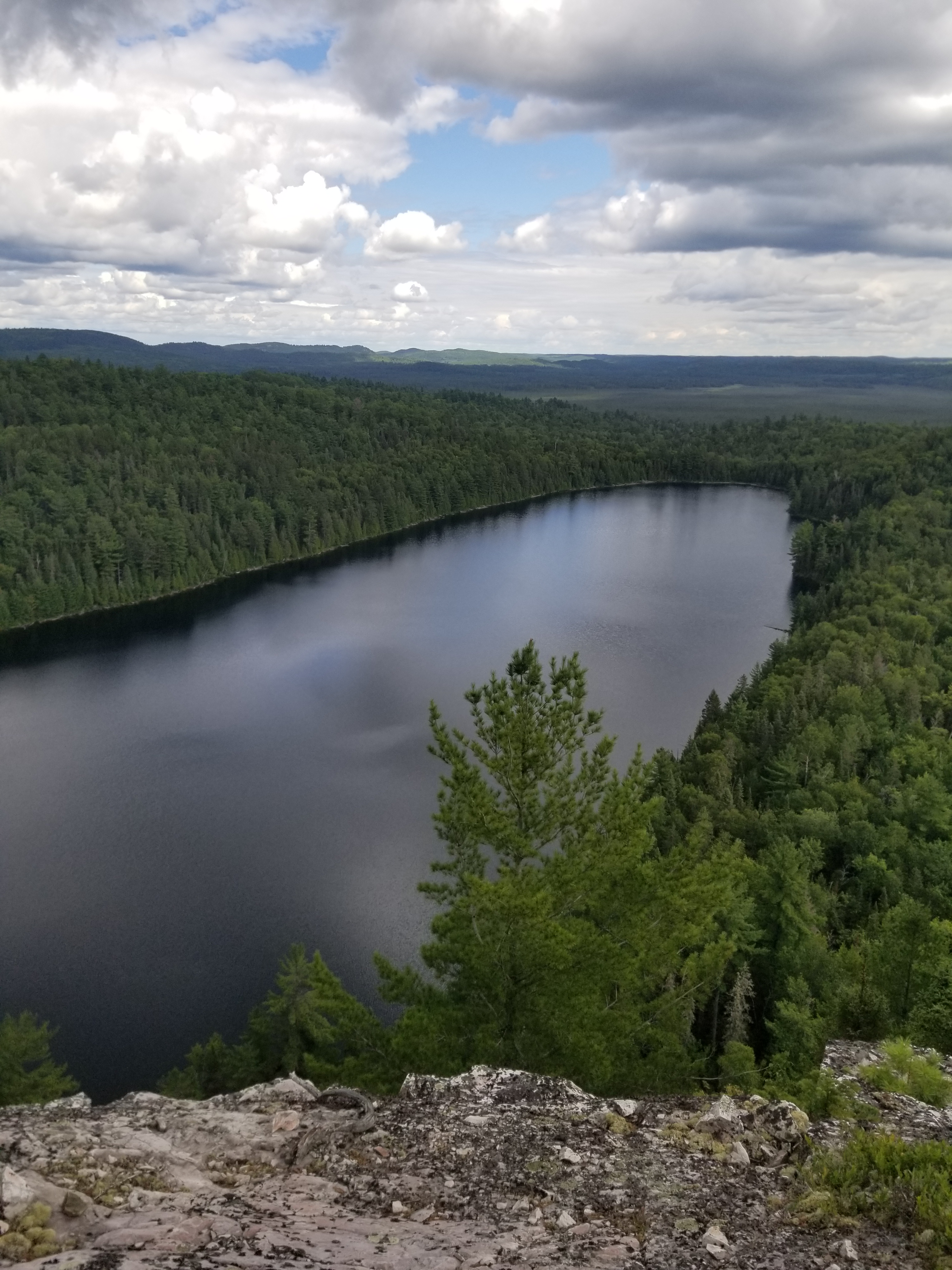

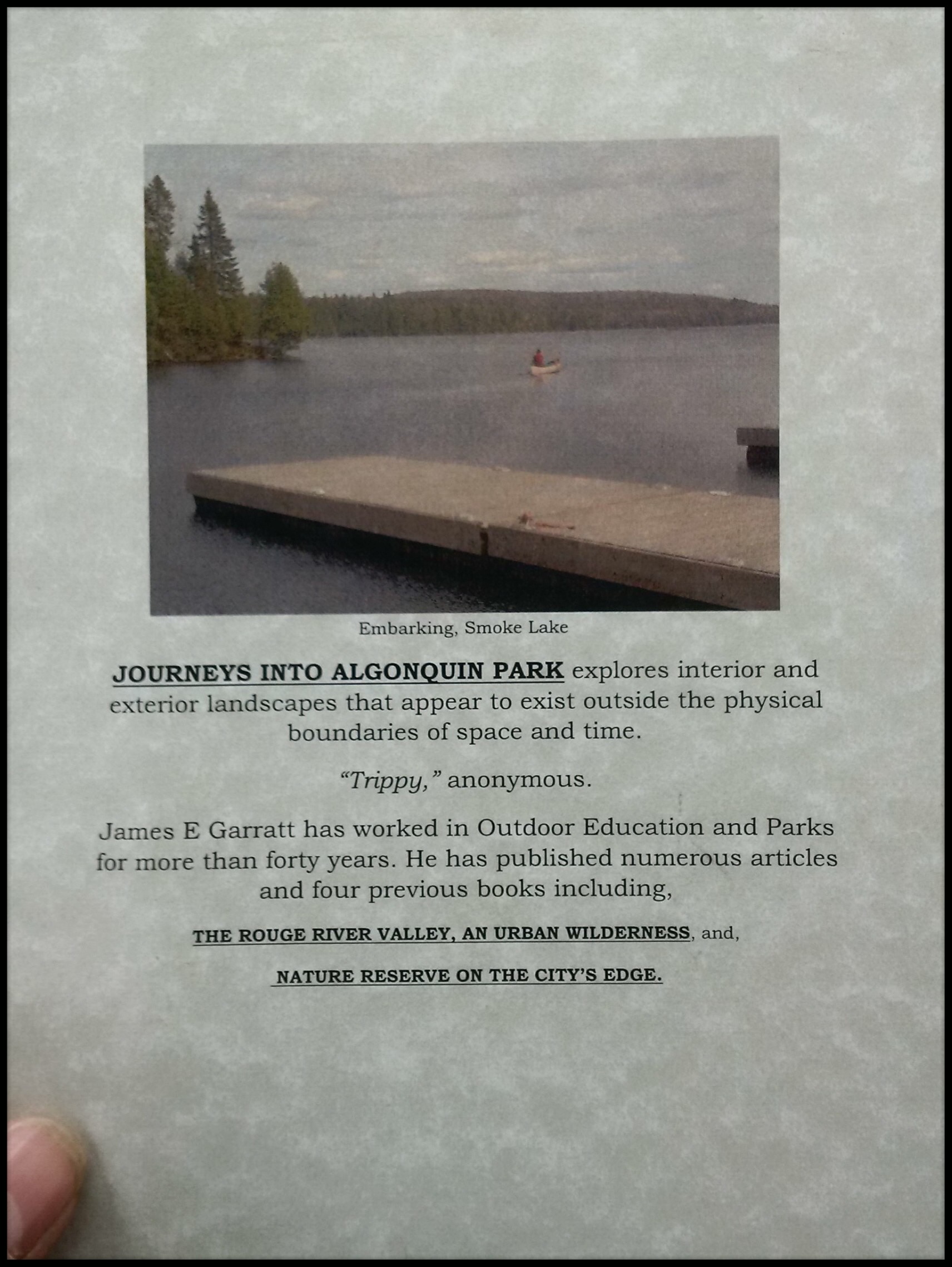

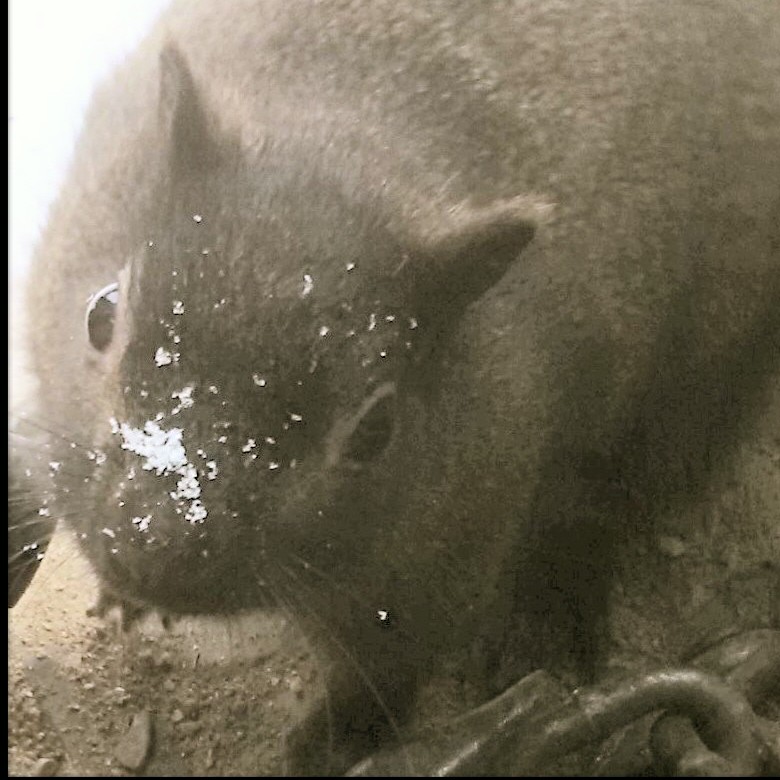

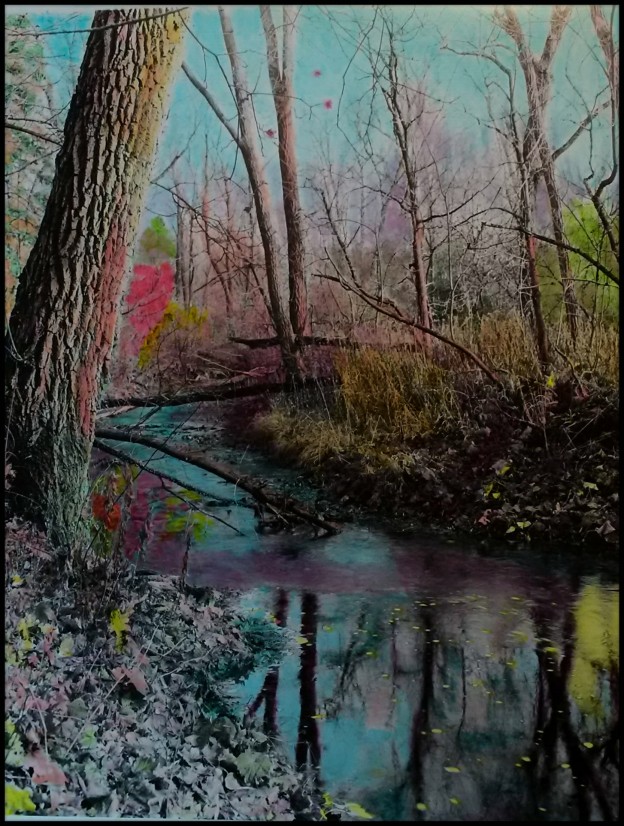
 I also took countless 35mm colour slides, principally of outdoor nature in areas of the Scarborough Bluffs, Lake Ontario, Haliburton and many more remote locals in Ontario.
I also took countless 35mm colour slides, principally of outdoor nature in areas of the Scarborough Bluffs, Lake Ontario, Haliburton and many more remote locals in Ontario.